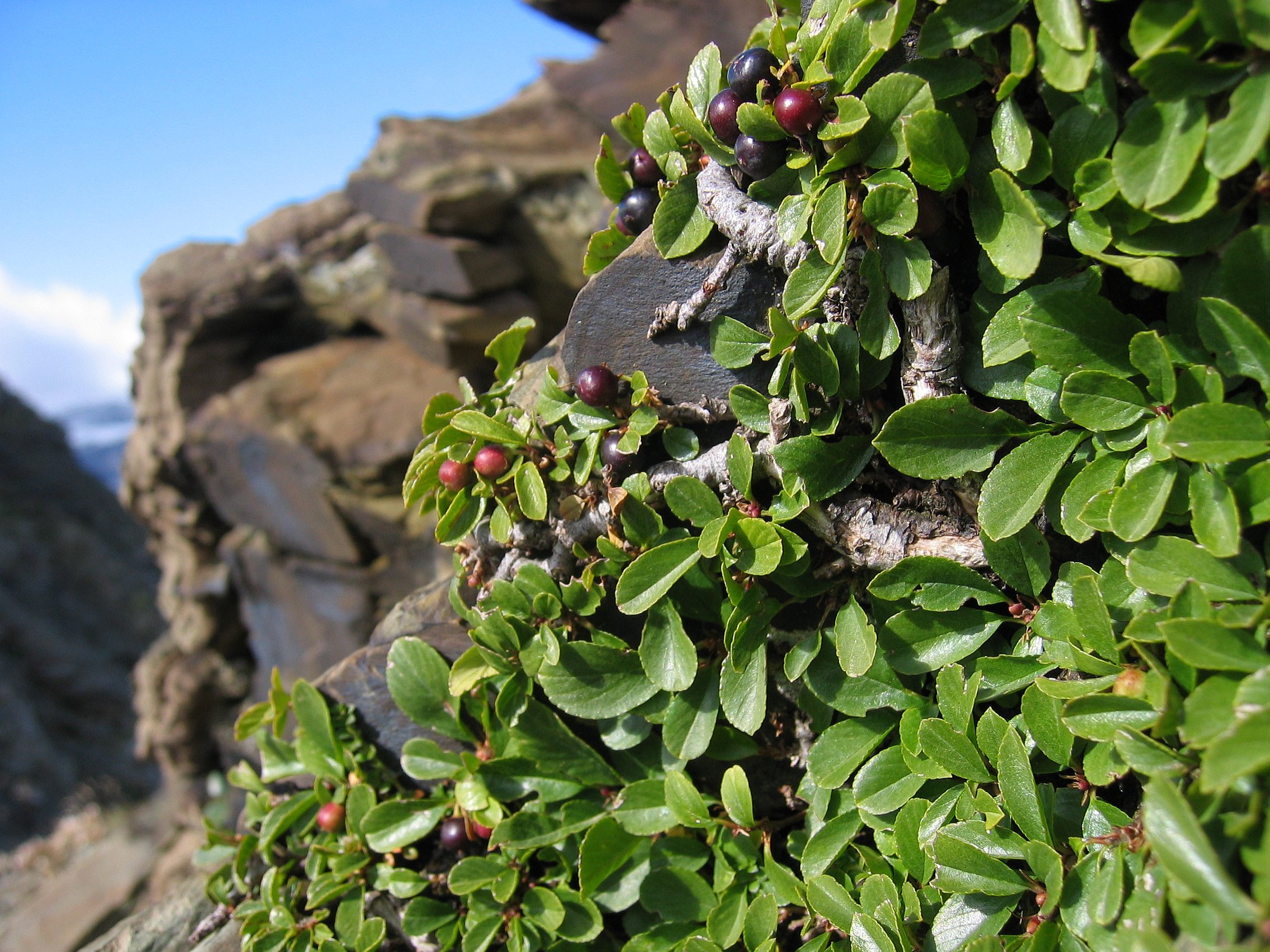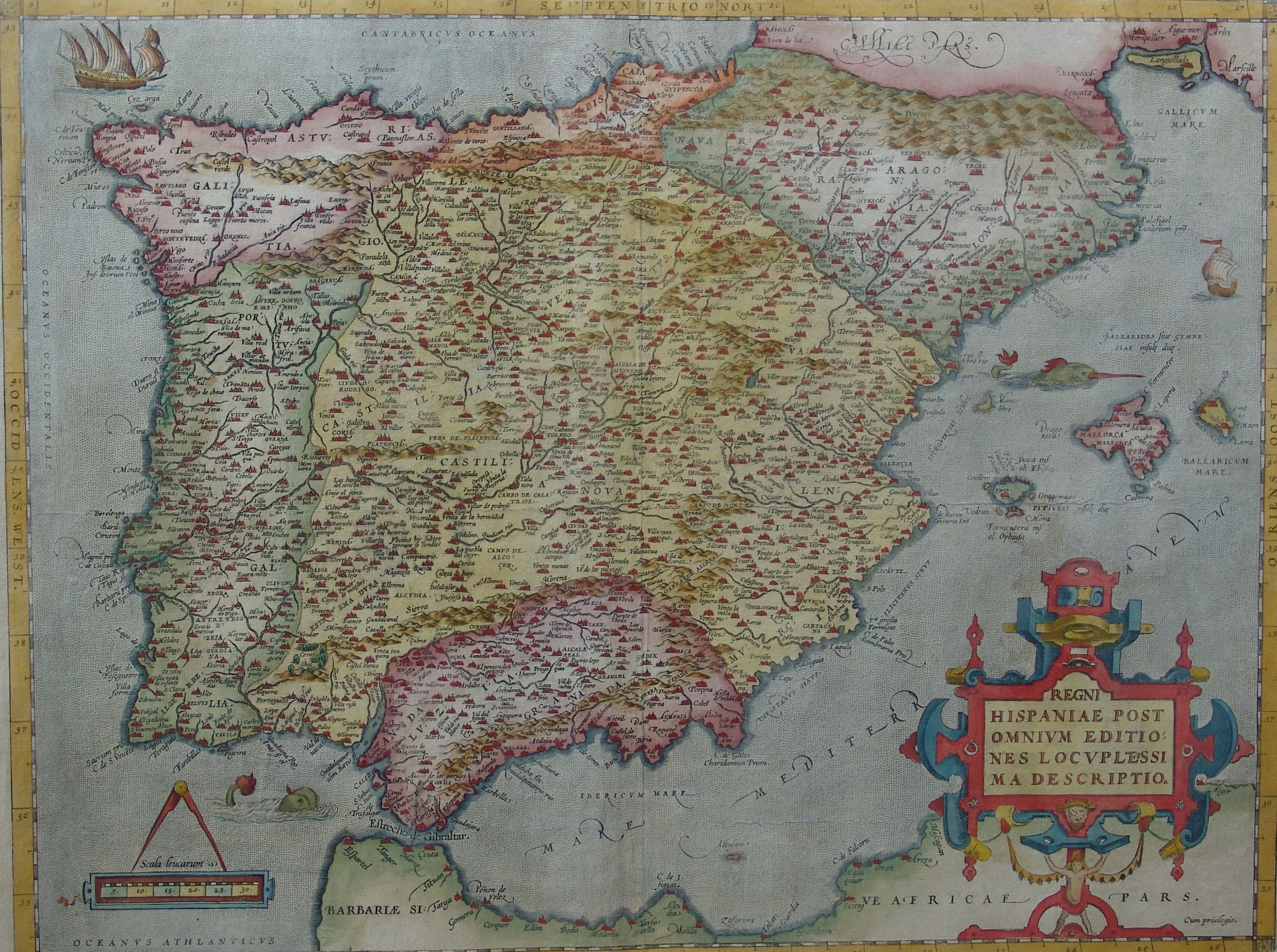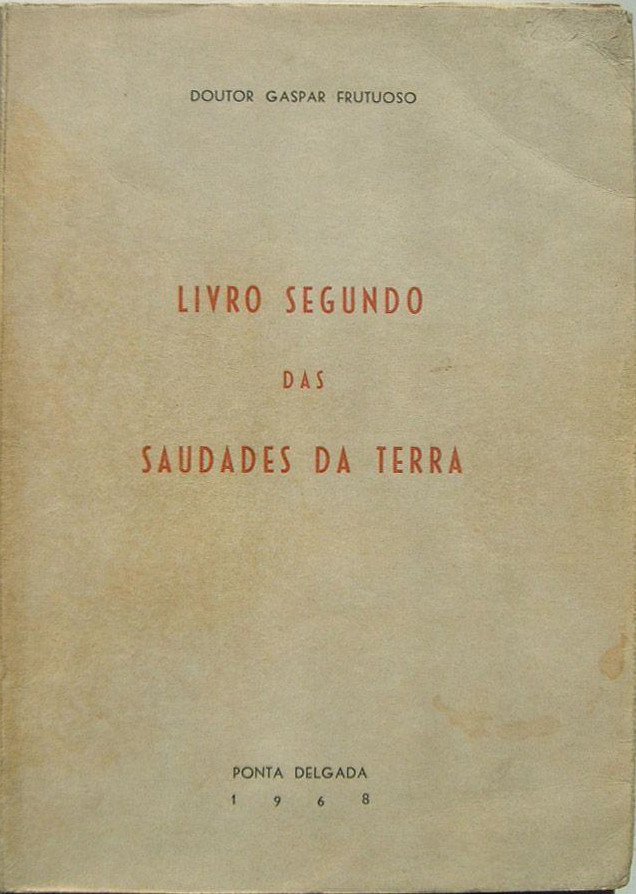|
Cedros (Horta)
Cedros is a ''freguesia'' ("civil parish") in the northern part of the municipality of Horta on the island of Faial in the Portuguese archipelago of the Azores. The population in 2011 was 907, in an area of . The northernmost parish on the island, it is located northwest of Horta and is linked via the ''Estrada Regional E.R. 1-1ª'' roadway to the rest of the island. The tree-covered hills and pasture-lands cover the interior, and hedged farmlands extend to the Atlantic coastline cliffs, a natural plateau above the sea, that was settled by early Flemish and Spanish colonists in the late part of the 15th century. Primarily an agricultural community, the population is comparable in size to other parishes on the island, though this has decreased by half since the 1950s (when there were approximately 2000 inhabitants). Today, it remains an agricultural centre of the island of Faial, anchored by the ''Cooperativa Agrícola dos Lactícinios do Faial'', one of the primary rural industri ... [...More Info...] [...Related Items...] OR: [Wikipedia] [Google] [Baidu] |
Faial Island
Faial Island (), also known in English as Fayal, is a Portugal, Portuguese island of the Central Group (Portuguese: ''Grupo Central'') of the Azores. The Capelinhos Volcano, the westernmost point of the island, may be considered the westernmost point of Europe, if the Monchique Islet, near Flores Island (Azores), Flores Island, is considered part of North America, for it sits on the North American Plate. Its largest town is Horta, Azores, Horta. With its nearest neighbours, Pico Island, Pico (east across the channel) and São Jorge Island, São Jorge (northeast across the channel), it forms an area commonly known as the ''Triângulo'' (English: ''Triangle''). The island has also been referred to as the Ilha Azul (English: ''Blue Island''), derived from the writings of Portuguese poet Raul Brandão, due to the large quantity of hydrangeas that bloom during the summer months: History During a period of medieval legends and unsubstantiated stories of mystical lands, the island ... [...More Info...] [...Related Items...] OR: [Wikipedia] [Google] [Baidu] |
Rhamnus (plant)
''Rhamnus'' is a genus of about 110 accepted species of shrubs or small trees, commonly known as buckthorns, in the family Rhamnaceae. Its species range from tall (rarely to ) and are native mainly in east Asia and North America, but found throughout the temperate and subtropical Northern Hemisphere, and also more locally in the subtropical Southern Hemisphere in parts of Africa and South America. One species, the common buckthorn (''Rhamnus cathartica''), is able to flourish as an invasive plant in parts of Canada and the U.S., where it has become naturalized. Both deciduous and evergreen species occur. The leaves are simple, long, and arranged alternately, in opposite pairs, or almost paired (subopposite). One distinctive character of many buckthorns is the way the veination curves upward towards the tip of the leaf. The plant bears fruits which are black or red berry-like drupes. The name is due to the woody spine on the end of each twig in many species. One species is kno ... [...More Info...] [...Related Items...] OR: [Wikipedia] [Google] [Baidu] |
Salão
Salão is a ''freguesia'' ("civil parish") in the municipality of Horta on the island of Faial, the Portuguese Azores. The population in 2011 was 401, in an area of 10.40 km². History The settlement of Salão can be traced back to 1620, to a Castilian family that moved there from the adjacent community of Santa Bárbara (now the area of ''Praça'' in Cedros). The family originally settled there in 1589, but after an acrimonious disagreement between neighbors, the family moved farther south. They constructed a new home in the zone that would be referred to as ''Carapeta''; ''Carapeta'' (or ''Carapeto'') is a disused term referring to ''"one who makes lies or liars"''. The nucleus of what would develop into Salão started in Carapeta, around the river-valleys that crossed the area. A local fountain ( pt, Fonte da Carapeta) supported the small community (of mostly Spanish settlers) in its infancy, until it was destroyed in the 1926 earthquake. They brought to the island ... [...More Info...] [...Related Items...] OR: [Wikipedia] [Google] [Baidu] |
Diogo Das Chagas
Diogo das Chagas, O.F.M. (Diogo of the Holy Wounds); (c. 1584 in Santa Cruz das Flores – c. 1661 in Angra do Heroísmo) was a Portuguese Franciscan friar and historian. He is best known as the author of ''Espelho Cristalino em Jardim de Várias Flores'', an important resource on the colonization of the islands of the central and western groups of the Portuguese archipelago of his native region of the Azores after 1640. Biography Diogo was the son of Mateus Coelho da Costa, Captain-major of the island of Flores, and his wife, Catarina de Fraga Rodovalho. Little is known of his infancy and childhood; Diogo wrote that his first studies occurred in the city of Angra, where he most likely entered the Friars Minor and received his initial ecclesiastical training. Due to the absence of a resident bishop in the Diocese de Angra, he travelled to Lisbon in 1612 in order to be ordained a priest. He returned to the Azores in 1614, and began studying the Arts at the Jesuit college ... [...More Info...] [...Related Items...] OR: [Wikipedia] [Google] [Baidu] |
Friar
A friar is a member of one of the mendicant orders founded in the twelfth or thirteenth century; the term distinguishes the mendicants' itinerant apostolic character, exercised broadly under the jurisdiction of a superior general, from the older monastic orders' allegiance to a single monastery formalized by their vow of stability. A friar may be in holy orders or a Brother (Christian), brother. The most significant orders of friars are the Dominican Order, Dominicans, Franciscans, Augustinians, and Carmelites. Definition Friars are different from monks in that they are called to live the evangelical counsels (vows of poverty, chastity, and obedience) in service to society, rather than through cloistered asceticism and devotion. Whereas monks live in a self-sufficient community, friars work among laypeople and are supported by donations or other charitable support. Monks or nuns make their vows and commit to a particular community in a particular place. Friars commit to a comm ... [...More Info...] [...Related Items...] OR: [Wikipedia] [Google] [Baidu] |
Sé Cathedral Of Angra Do Heroísmo
SE, Se, or Sé may refer to: Arts and entertainment * ''Sé'' (album), by Lúnasa, 2006 * Se (instrument), a traditional Chinese musical instrument Businesses and organizations * Sea Ltd (NYSE: SE), tech conglomerate headquartered in Singapore * Slovenské elektrárne, electric utility company in Slovakia * Societas Europaea, a European Union public company * XL Airways France, IATA airline designator SE * Southeastern (train operating company), or SE Trains Limited, in England Places * Sè, Atlantique, Benin * Sè, Mono, Benin *Subprefecture of Sé, São Paulo, Brazil **Sé (district of São Paulo) **Sé (São Paulo Metro), a station *Sé, Hungary *Sé, Macau *Sé (Angra do Heroísmo), Terceira, Azores, Portugal *Sé (Braga), Portugal *Sé (Bragança), Faro, Portugal *Sé (Funchal), Madeira, Portugal *Sé, Lamego, Portugal *Sé (Lisbon), Portugal *Sé, Portalegre, Portugal *Sé (Porto), Portugal * SE postcode area, London, England * Sergipe (SE), a state of Brazil * Sweden, I ... [...More Info...] [...Related Items...] OR: [Wikipedia] [Google] [Baidu] |
Iberian Union
pt, União Ibérica , conventional_long_name =Iberian Union , common_name = , year_start = 1580 , date_start = 25 August , life_span = 1580–1640 , event_start = War of the Portuguese Succession , event_end = Portuguese Restoration War , date_end = 1 December , year_end = 1640 , p1 = History of Portugal (1415–1578)Kingdom of Portugal , flag_p1 = Flag of Portugal (1578).svg , p2 = Crown of Castile , flag_p2 = Royal Banner of the Crown of Castile (Early Style)-Variant.svg , p3 = Crown of Aragon , flag_p3 = Royal Banner of Aragón.svg , p4 = Habsburg Spain , flag_p4 = Flag of Cross of Burgundy.svg , s1 = History of Portugal (1640–1777)Kingdom of Portugal , flag_s1 = Flag of Portugal (1640).svg , s2 = Habsburg Spain , flag_s2 = Flag of Cross of Burgundy.svg , image_coat = Full Ornamented Coat of Arms of Philip II of Spain (1580-1598).svg , image_map = Philip II's realms in 1598.png , imag ... [...More Info...] [...Related Items...] OR: [Wikipedia] [Google] [Baidu] |
Church Of Santa Bárbara (Horta)
The Church of Santa Bárbara ( pt, Igreja de Santa Catarina dos Cedros) is a church in the civil parish of Cedros, municipality of Horta, on the Portuguese island of Faial in the archipelago of the Azores. Its parish falls within the Roman Catholic Diocese of Angra, and serves the parishioners of the northern coast from the border with Salão to Ribeira Funda. History The first reference to the church dates to 1594, by Faialense historian Silveira Macedo, who referred to its construction. A lateral inscription over the south portico identifies the date that the lateral chapel was constructed as 1596. But writer Marcelino Lima suggested that its foundation may have been earlier, quoting Gaspar Frutuoso. During the third quarter of the 16th century, Gaspar Frutuoso writing in his epic chronicle ''"Saudades da Terra"'', described the church as a three nave temple, with five columns, one to the left of the entrance. On 20 November 1971, there was a large fire that destroyed the main ... [...More Info...] [...Related Items...] OR: [Wikipedia] [Google] [Baidu] |
Flemish People
The Flemish or Flemings ( nl, Vlamingen ) are a Germanic ethnic group native to Flanders, Belgium, who speak Dutch. Flemish people make up the majority of Belgians, at about 60%. "''Flemish''" was historically a geographical term, as all inhabitants of the medieval County of Flanders in modern-day Belgium, France, and the Netherlands were referred to as "Flemings", irrespective of their ethnicity or language. The contemporary region of Flanders comprises a part of this historical county, as well as parts of the medieval duchy of Brabant and the medieval county of Loon, where the modern national identity and culture gradually formed. History The sense of "Flemish" identity increased significantly after the Belgian Revolution. Prior to this, the term "Vlamingen" in the Dutch language was in first place used for the inhabitants of the former County of Flanders. Flemish, however, had been used since the 14th century to refer to the language and dialects of both the peoples of Fl ... [...More Info...] [...Related Items...] OR: [Wikipedia] [Google] [Baidu] |
Woad
''Isatis tinctoria'', also called woad (), dyer's woad, or glastum, is a flowering plant in the family Brassicaceae (the mustard family) with a documented history of use as a blue dye and medicinal plant. Its genus name, Isatis, derives from the ancient Greek word for the plant, ἰσάτις. It is occasionally known as Asp of Jerusalem. Woad is also the name of a blue dye produced from the leaves of the plant. Woad is native to the steppe and desert zones of the Caucasus, Central Asia to Eastern Siberia and Western Asia but is now also found in South-Eastern and Central Europe and western North America. Since ancient times, woad was an important source of blue dye and was cultivated throughout Europe, especially in Western and Southern Europe. In medieval times, there were important woad-growing regions in England, Germany and France. Towns such as Toulouse became prosperous from the woad trade. Woad was eventually replaced by the more colourfast ''Indigofera tinctoria'' a ... [...More Info...] [...Related Items...] OR: [Wikipedia] [Google] [Baidu] |
Gaspar Frutuoso
Gaspar Frutuoso (c.1522 in Ponta Delgada – 1591 in Ribeira Grande) was a Portuguese priest, historian and humanist from the island of São Miguel, in the Portuguese archipelago of the Azores. His major contribution to Portuguese history was his detailed descriptions of the history and geography of the Azores, Madeira, Canary Islands and references to Cape Verde, which he published in his six-part tome ''Saudades da Terra'', as well as ''Saudades do Céu''. He is normally cited in settlement history of the islands of the Azores. Biography Gaspar Frutuoso was born in 1522,José Luís Brandão da Luz (1996), p. 475 on the island of São Miguel, son of Frutuoso Dias, a merchant and rural property-owner, and his wife Isabel Fernandes. Little is known of his childhood, apart from references to him working his father's lands during this period. The first trustworthy record about Frutuoso was his admission to the University of Salamanca (in 1548) where he later obtained an Arts certi ... [...More Info...] [...Related Items...] OR: [Wikipedia] [Google] [Baidu] |
Terceira
Terceira () is a volcanic island in the Azores archipelago, in the middle of the North Atlantic Ocean. It is one of the larger islands of the archipelago, with a population of 53,311 inhabitants in an area of approximately . It is the location of the Azores' oldest city, Angra do Heroísmo, the historical capital of the archipelago and UNESCO World Heritage Site; the seat of the judicial system (Supreme Court); and the main Air Force base, Base Aérea nº 4 at Lajes, with a United States Air Force detachment. The island has two main sea ports, one at Angra do Heroísmo and the other at Praia da Vitória, and a commercial airport integrated with the flight operations at Base Aérea nº 4. The Portuguese bullfight is popular on the island, coming in two variations: the traditional equestrian bullfight (in the ring) and the popular " touradas à corda" that occur in the streets. History In 1439, the first official discovery document appeared, attributing the discovery of th ... [...More Info...] [...Related Items...] OR: [Wikipedia] [Google] [Baidu] |

.jpg)



_sl5.jpg)

